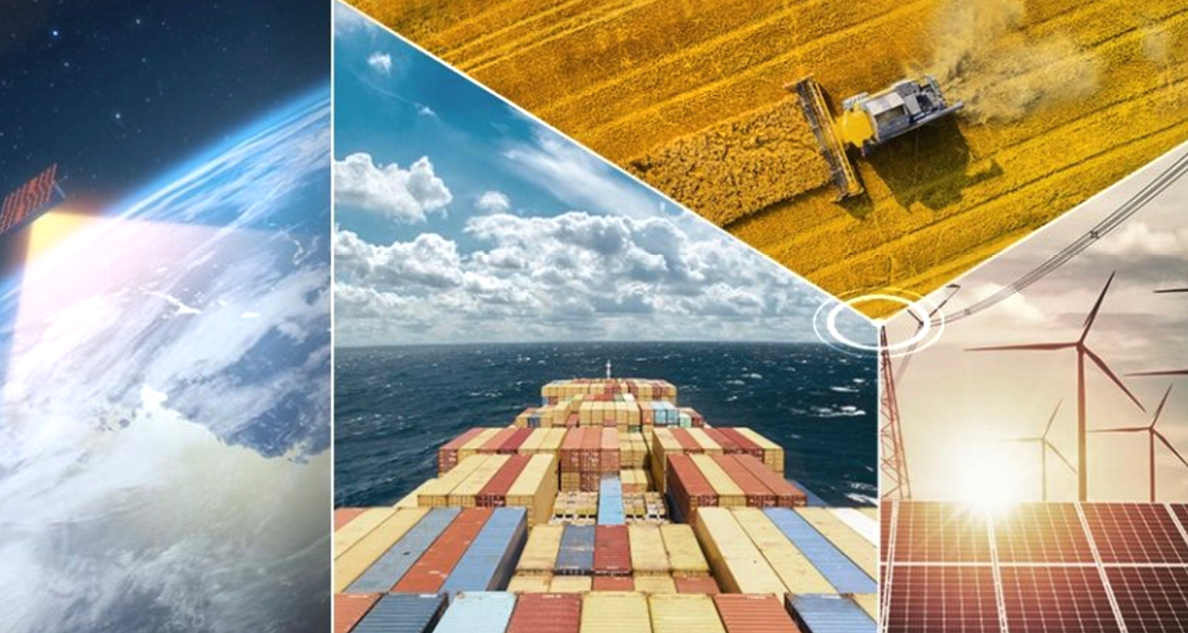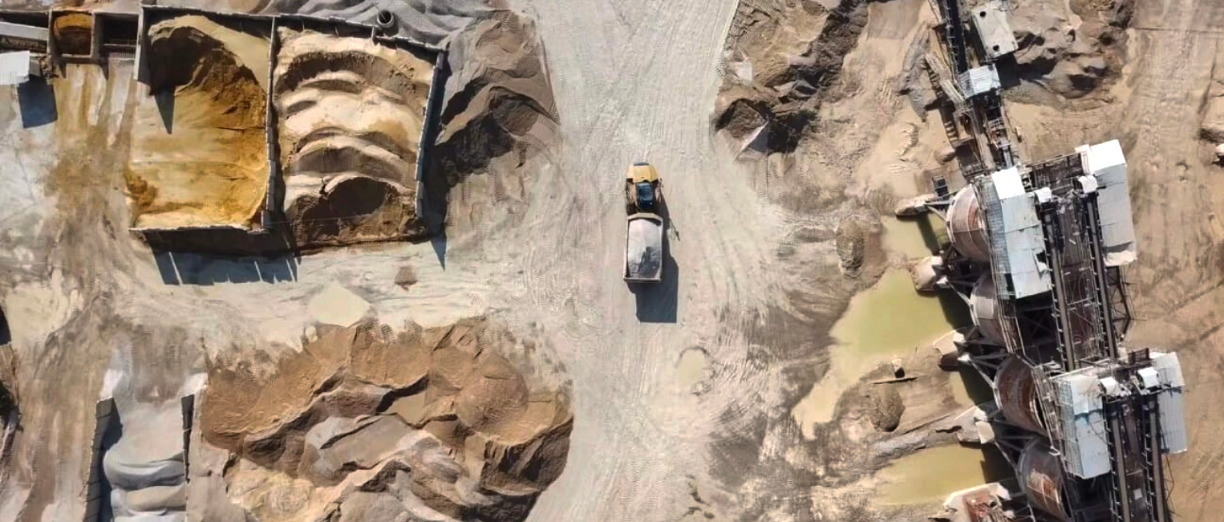The time has arrived for IoT to reach global connectivity. With roughly 15% of the globe connected by cellular and massive IoT expansion in all industries, we expect a significant increase in Satellite IoT (SatIoT) over the coming years. Together, terrestrial and SatIoT bring the best of both worlds to guarantee continuous connectivity. Your business needs global IoT

Similar to many companies worldwide, you probably have to connect assets all over the planet, exchange data and receive feedback to keep your operations running smoothly. Your assets are precious and given the insights you can collect from them, IoT becomes crucial to everyday management.
From monitoring power plants and oil & gas pipelines to farming and maritime solutions, you can automate millions of decisions and actions based on the data received from remote devices. Your business strategy then immediately benefits from significant time and cost savings. Yet, for that to happen, you need always-on connectivity, and most companies cannot reach remote assets due to insufficient terrestrial coverage, or prohibitively expensive satellite solutions.

However, today, there are more efficient alternatives in the form of SatIoT services. Short, medium, and long-range networks, such as Bluetooth, NB-IoT (5G), and LoRaWAN, enable IoT in densely populated regions. These terrestrial networks allow objects to connect to ground antennas, which relay the information to the cloud and the end-user IT infrastructure.
However, their coverage relies on the proximity to those antennas, which have limited deployment in mountains, deep countryside, deserts, and even less on high seas. Moreover, the lack of interoperability between these networks makes them hardly usable for global connectivity needs.

Therefore, how can you monitor your fixed or moving assets within that remaining 90% of the world’s surface which is not covered by terrestrial connectivity? This is when SatIoT comes into play: satellite’s ubiquity allows IoT to operate beyond the limits of terrestrial networks.
Thanks to small, low-power devices running for years with a single battery and embedded sensors, we observe a surge in SatIoT applications for monitoring moving assets across land and sea, such as containers, tank cars, livestock, or wildlife.
While IoT devices can offer you regular updates on any given parameter like temperature, pressure, moist level, or any other need for maintenance, SatIoT ensures these updates never cease, regardless of your assets’ whereabouts. Complementary, SatIoT fills the lack of coverage of terrestrial solutions with disruptive technologies.

Satellite connectivity used to be cost-prohibitive because conventional broadband constellations were not built for IoT applications.
Now, with the use of off-the-shelf components and cubesats — standard satellite format — and less expensive access to space thanks to new launch providers and standardization, the NewSpace approach enables low-cost services, suitable for IoT applications.
With its growing Low Earth Orbit (LEO) constellation of state-of-the-art nanosatellites, Astrocast offers a reliable extension to all the terrestrial IoT networks, with a highly flexible service that does not require heavy investment and centralized infrastructure management like terrestrial solutions.

Believing in hybrid connectivity, Astrocast is also working with partners and solution providers to help them expand their terrestrial services through satellite coverage. Relentlessly, Astrocast makes SatIoT available and affordable to all: it provides direct-to-satellite connectivity for each asset and optimized end-to-end communication, so you can make the best of your business.
To take your IoT strategy further and unlock the power of your assets, discover Astrocast’s flexible SatIoT service by joining the Astropreneur Program today.
www.astrocast.com

